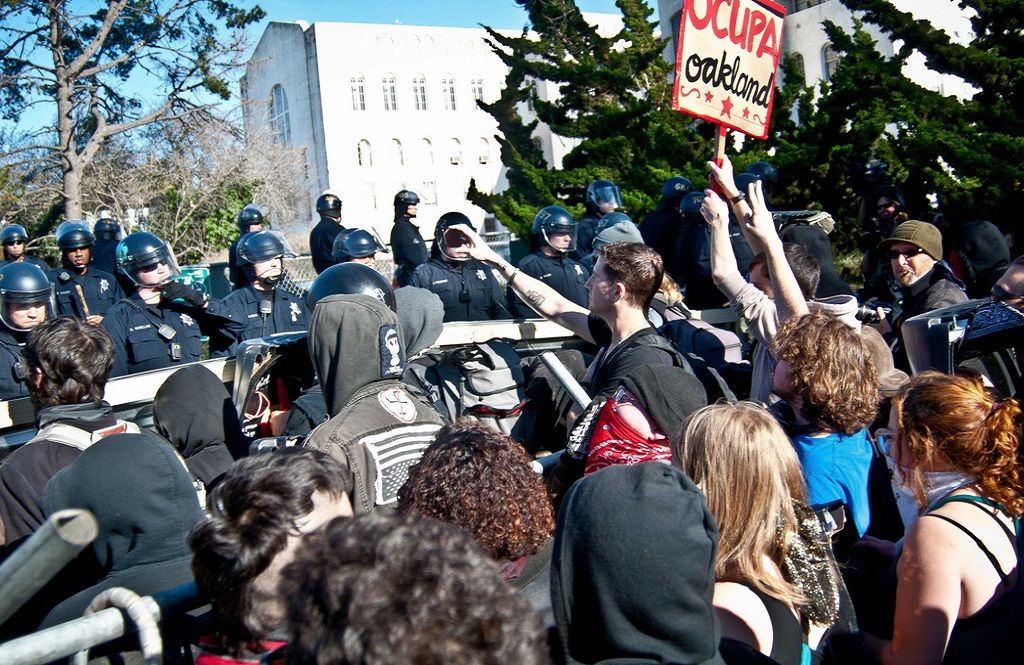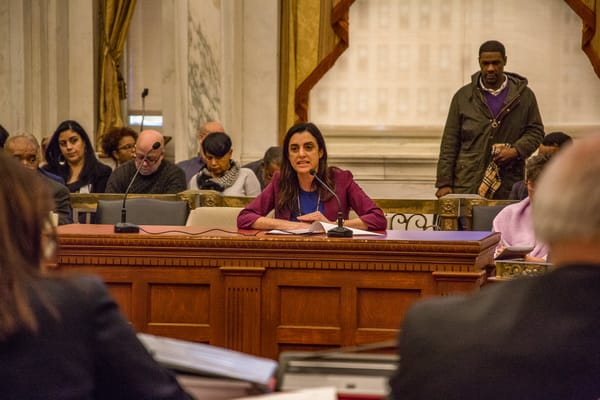Intersectional Liberalism

In a talk given to the largely conservative audience of the Manhattan Institute, Jonathan Haidt discussed some of the reasons why Americans are becoming more polarized (transcript here). In doing so he uses a metaphor from physics, referring to centripetal social forces, those that pull people together, and centrifugal forces, those that pull people apart. The presence of an external enemy like the USSR, for example, binds people together, and so however positive the fall of the Soviet Union was in global humanitarian terms, it took away a centripetal force binding Americans together. Network television broadcasters presented Americans with a unified picture of the news, whereas now boutique news outlets play to outrage polarized viewers, a centrifugal effect. Diversity from greater immigration, whatever its acknowledged benefits, exacts a centrifugal toll on social capital. I mention Haidt’s examples to show that he makes his points without passing judgment. Diversity has many great features, Haidt allows, but it also has this centrifugal component.
Haidt’s fourth example is the radicalization of the Republican party, so he shouldn’t be accused of narrow partisan bias (though I maintain he is well-described as crypto-conservative). That said, he spends by far the most time on his concluding example: the left on university campuses, and specifically the doctrine of intersectionality. The basic point of intersectionality is that our lives are shaped in various ways by our identities — both those self-imposed and those externally imposed — and further that these identities are not simply the sum of their parts; intersections present altogether different problems (and possibly advantages).
Haidt prefaces his discussion on intersectionality with a recognition that the concept is basically valid, citing its origin in the “excellent argument” and legal analysis by Kimberlé Crenshaw of a discrimination case involving black women whose experiences couldn’t be neatly understood as similar to those of either white women or black men. Intersectionality is even obviously true to any social scientist who understands interaction effects. One of the best discussions of intersectionality I’ve read came from the Heterodox Academy’s own blog. I was thus puzzled when Haidt abandoned the neutral discussion of the centrifugal dynamics of intersectionality in favor of ridicule and condemnation.
To Haidt, “intersectionality aims for … an inflaming of tribal suspicions and hatreds, in order to stimulate anger and activism in students, in order to recruit them as fighters for the political mission of the professor.” Students of intersectionality are “induct[ed] into a cult, a fundamentalist religion, a paranoid worldview that separates people from each other and sends them down the road to alienation, anxiety, and intellectual impotence.” And because students of social justice understand systems of oppression to interlock and reinforce one another — maybe he would prefer “interaction effects coupled with positive feedback mechanisms” — Haidt suggests “intersectionality is like NATO for social-justice activists.”
The case that intersectionality has centrifugal effects is clear enough. Intersectionality can be (and often is) interpreted to put people into binary categories that can easily trigger our tribalistic impulses: white and black, man and woman, cis and trans, etc. But I and most other “social justice warrior” types I encounter tend to point out that the point of intersectionality is not to quantify or prioritize (dis)advantage, but to frame descriptive understandings for how lives can be shaped by identities and their interactions when they overlap. A queer black Muslim woman is not necessarily “more oppressed” than a straight black Christian man, but their lives are surely shaped by very different social forces that aren’t adequately covered by their shared blackness. Even the anti-black racism they experience will take very different forms. But I grant that the human penchant for hierarchy and competition can take this qualitative, descriptive tool and drive “Oppression Olympics” games among less intellectually hygienic commentators on the left.
But it remains that intersectionality is true, and powerful, and vital. And I don’t think Haidt himself is really willing to dispute this. Haidt suggests at the end that intersectionality is but one lens through which to view the world, and that students are impoverished to the extent they lack other lenses, other conceptual tools. I agree absolutely. But one can make the exactly analogous critique of, say, middle class white kids who major in economics and proceed to perceive humans as atomistic, rational utility maximizers (Mr Max U, in Deirdre McCloskey’s styling, pdf). Max U can get a lot of explanatory mileage out of framing the world in this way, but he will be intellectually (not to mention civically) impoverished to the extent he lacks other complementary lenses through which to view the social world. Max U is especially ill-equipped to comprehend group- and identity-based injustice and is likely to just disbelieve in irrational discrimination because it doesn’t comport with rational utility maximization.
Haidt points out that sometimes centrifugal forces build up until they explode, but that sometimes this is necessary because the centripetal binding forces were concealing or propping up oppression and injustice. This was the case for the Civil War and the Civil Rights Movement. If intersectionality and the idea that structural injustices are often interlocking and reinforcing are true, then however centrifugal these ideas might be, they are still serving us by illuminating injustice. Why then does Haidt pillory intersectionality, and lampoon gender and race studies departments? Why pick on these departments and these scholars? Instead, I think Max U and the rest of us would would be well-served if Max U took Social Justice 101 and really engaged with it.
Any liberalism worth defending must be intersectional. Just as most liberals are ready to swallow the bitter centrifugal pills of decentralized media, international peace, and increased diversity and immigration in order to achieve the overwhelming improvements to liberal justice they entail, liberals should also be prepared to imbibe intersectionality, even at the risk of its abuse by college kids. An intersectional liberalism apprehends the social forces differentially impacting individuals in their particular social contexts. A liberalism that does not attend to intersectionality simply defaults to a racialized and gendered liberalism that silences the voices, needs, and desires of the oppressed and marginalized. Without intersectionality, we are guaranteed to revert to the liberalism that implicitly orders the world to the advantage of the presently powerful. Only intersectional liberalism can achieve the liberal purpose of equality of dignity among all persons, and genuine freedom for each individual.
Featured image is Let Us In, Occupy Oakland, by Glenn Halog.




